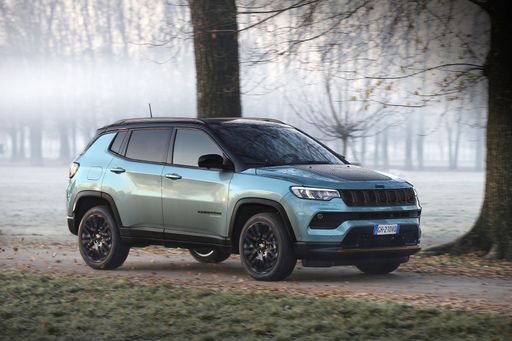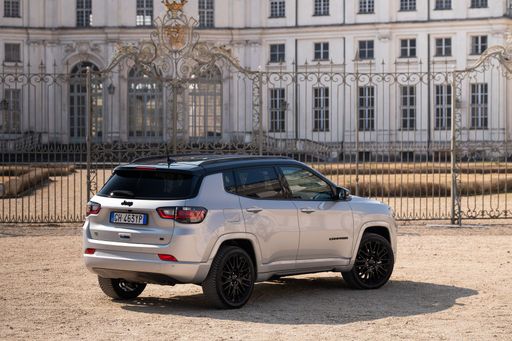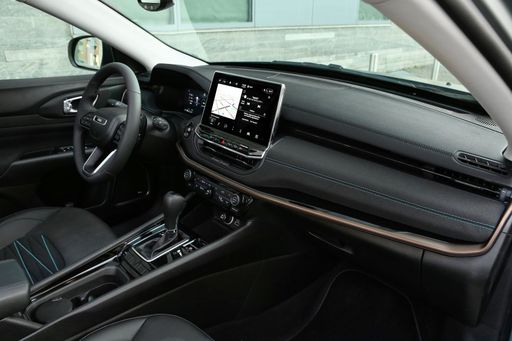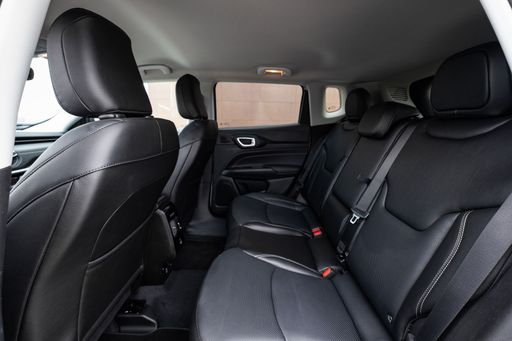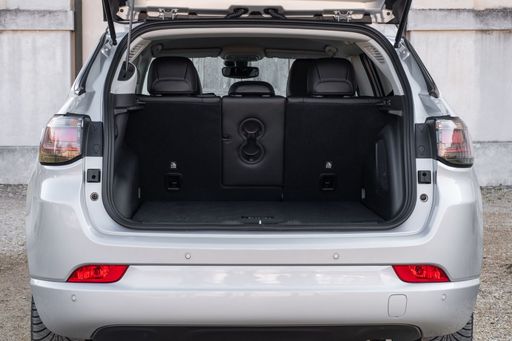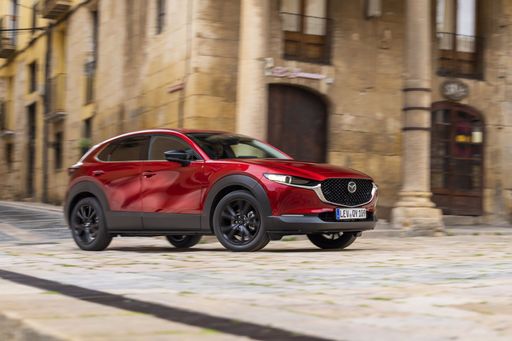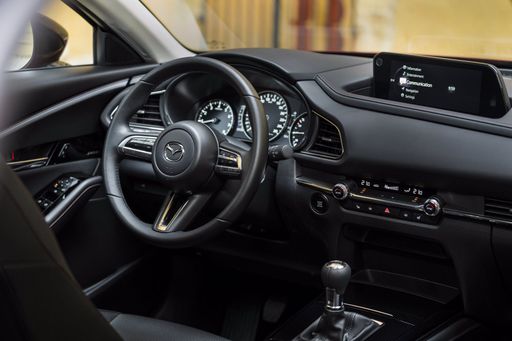The Jeep Compass VS Mazda CX-30: A Battle of Compact SUVs
Today’s SUV market is brimming with choices, but two models stand out for their blend of style, performance, and practicality. The Jeep Compass and the Mazda CX-30, both from the 2024 model year, compete fiercely in the compact SUV category. This article dives into a head-to-head comparison, exploring technical specifications, innovative features, and everyday usability to help you decide which one might be the perfect fit for your lifestyle.


